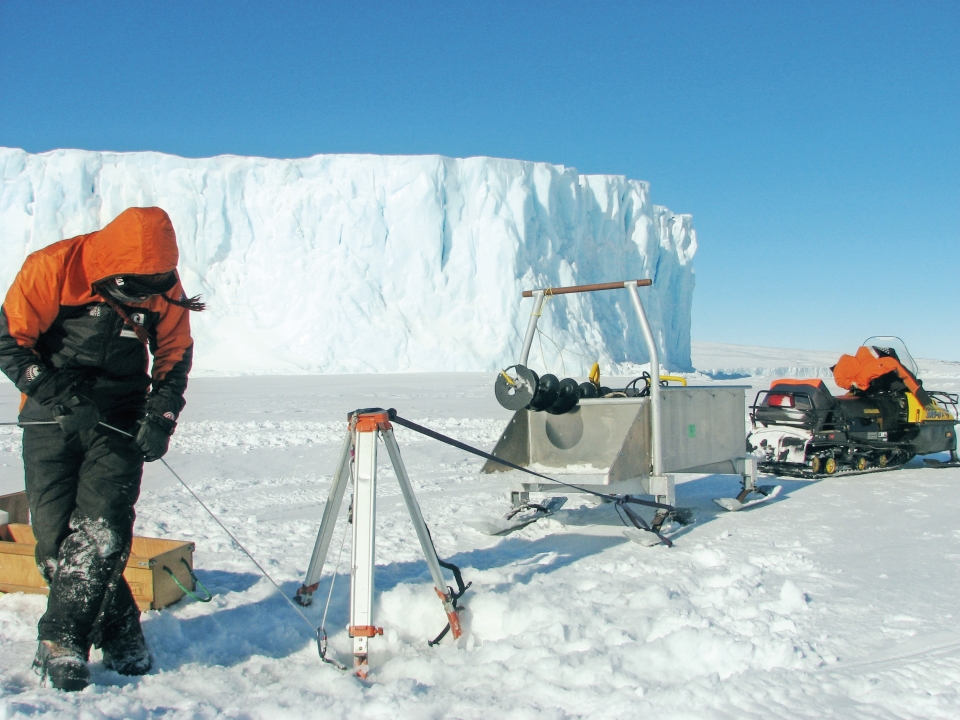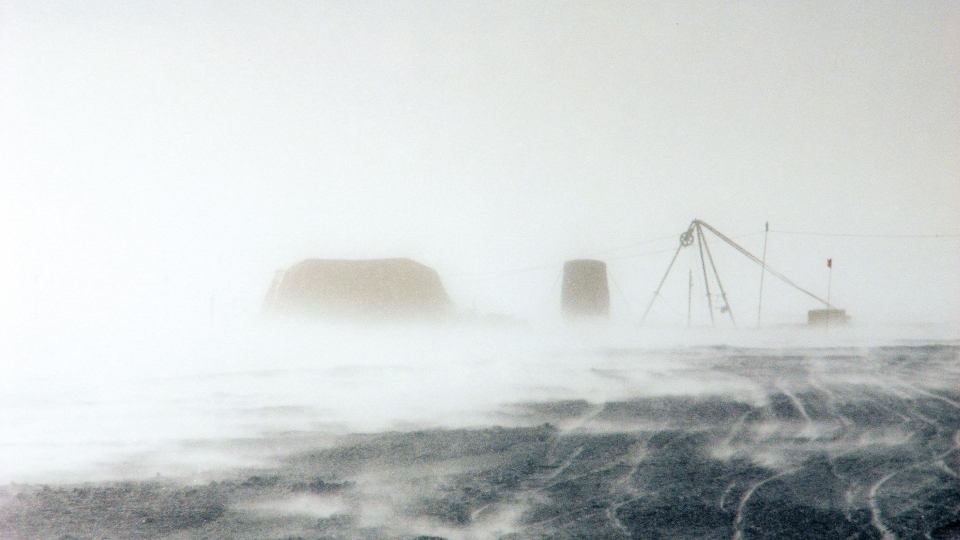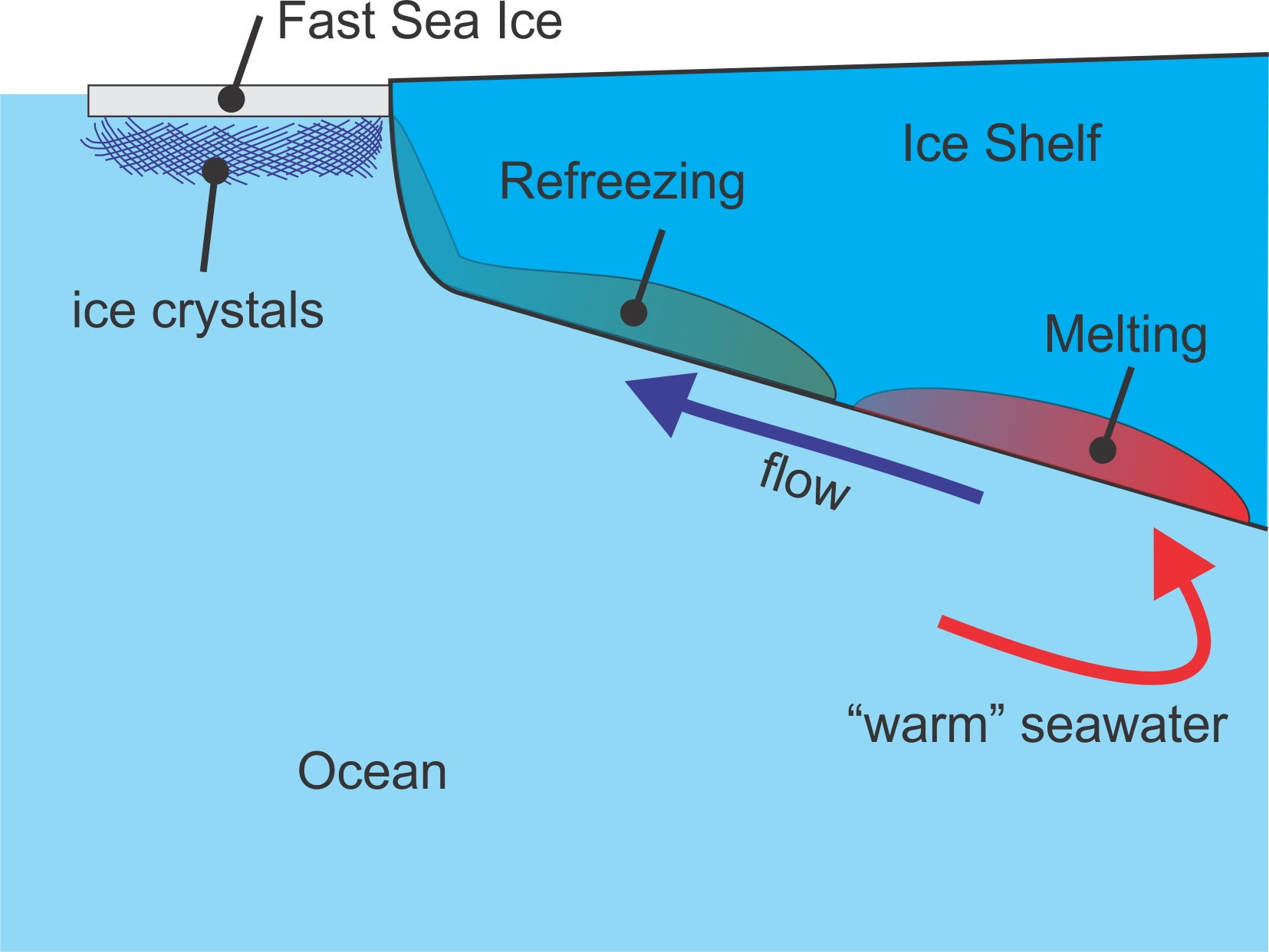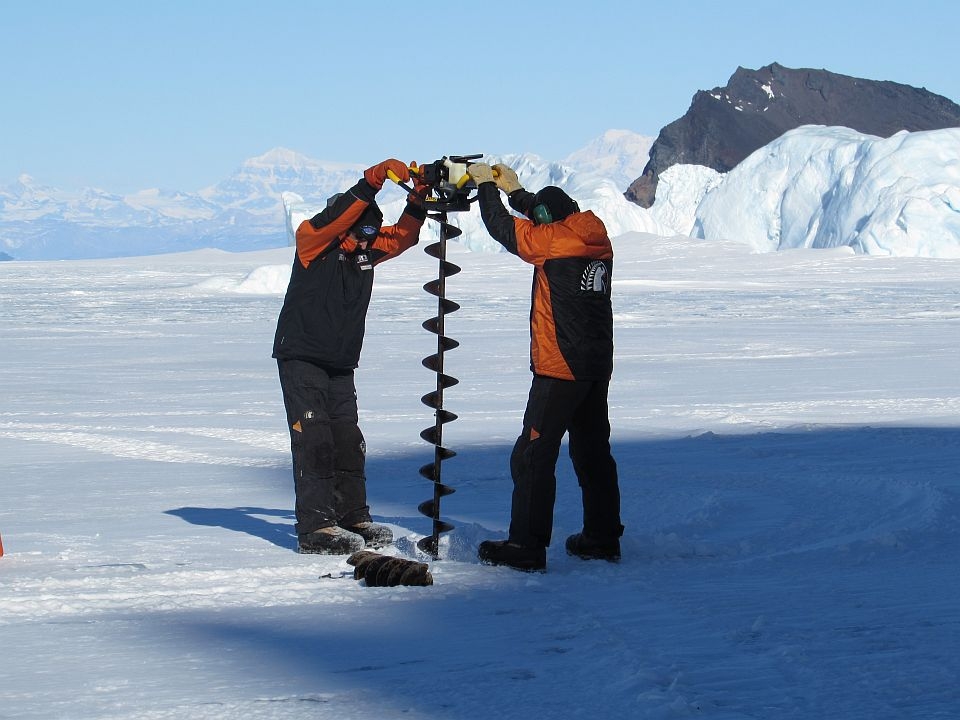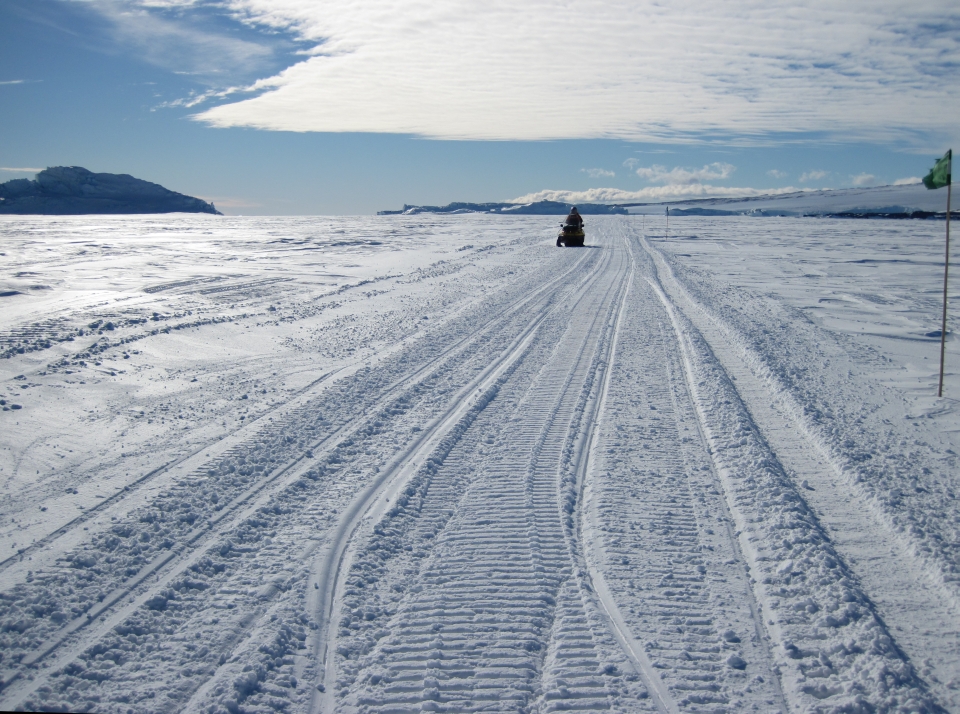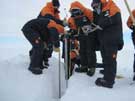Scientists have observed a rapid decrease in sea ice in the Arctic in recent years which matches an increase in average temperatures across the globe. But in parts of Antarctica sea ice has actually been increasing. If scientists can understand why this is happening they can better predict the future effects of climate change.
Comparing the Arctic and Antarctic
The Arctic and the Antarctic are very different. The Arctic is an area of frozen ocean surrounded by land while the Antarctic is an area of frozen land surrounded by ocean. This means that they respond to climate change differently.
Antarctica has ice shelves – giant slabs of ice that partially enclose areas of seawater called seawater cavities. Some of these ice shelves are very large. The Ross Ice Shelf is about the same size as France.
What other differences are there between the Arctic and Antarctica?
In both the Arctic and Antarctica ocean temperatures have increased slightly due to global warming. When this slightly warmer water comes into contact with ice shelves it causes melting.
Why is the area of sea ice around Antarctica increasing?
While the total area of sea ice is increasing, it varies with region. This is not a surprise as the ocean around Antarctica also varies.
Changing winds are thought to be influencing ice growth in some regions.
The K131 team are interested in how ice shelves and the ocean affect each other. Ice shelves are made of fresh water so when they melt they release very cold, fresh water into the sea.
This water is so cold it can be below its freezing point and is called supercool. This supercool water tries to form new ice. As this water refreezes it forms ice crystals.
It is possible that the current pattern of increasing growth of sea ice over winter in Antarctica is partially caused by the melting of the ice shelves. One form of ice is being replaced by another.
Why could an increase in sea ice be a problem?
Sea ice changes dramatically between winter and summer. A 'problem' occurs over a long period of time if the coverage of ice changes significantly. Ice is white and reflects sunlight. Without a cover of ice the ocean will absorb the sun’s energy as heat, causing it to warm more, changing the Earth's heat budget.
Sea ice is also an important habitat for sea ice algae which is at the base of the southern ocean food web.
Changes in sea ice might also feedback and affect how the warming ocean melts ice shelves. We know that ice shelves help maintain the ice caps and keep our present sea level. If the ice shelves continue to decay future dramatic sea level rise seems inevitable.
Less ice means higher sea levels.
A large amount of fresh water is stored as ice, if a lot of ice melts it will increase sea level. Warmer oceans also take up slightly more space as the molecules move more. This warmer less dense water will further increase the sea level; this is known as thermal expansion.
What the scientists will be measuring
Fifteen kilometres away from Scott Base the K131 science team will set up a field camp on sea ice in an area known as Haskell Strait. This is close to the Ross Ice Shelf, an ice shelf the size of France. The sea water below is some of the least studied sea water in the world. Further study will help scientists to better understand the relationships between sea water, sea ice and ice shelves. Measurements and observations will be collected on;
- Supercooled water
- Temperature
- Salinity
- Turbulence (movement of water)
- Ice crystal formation.
By collecting this data scientists hope to get more accurate information about changes in the ice shelf and sea ice. This data will be used by computer models that help predict the impacts of climate change. The more data these models have the more accurate they will be.

